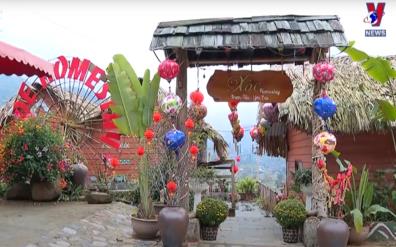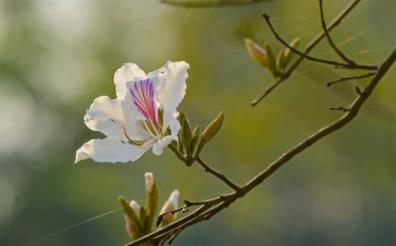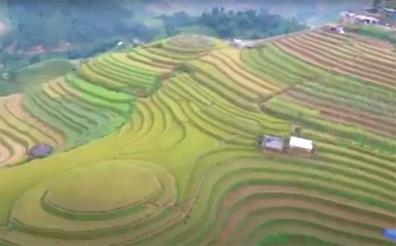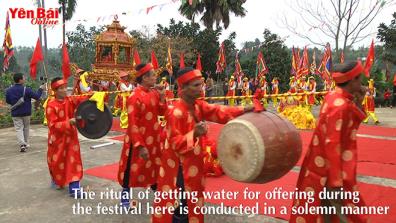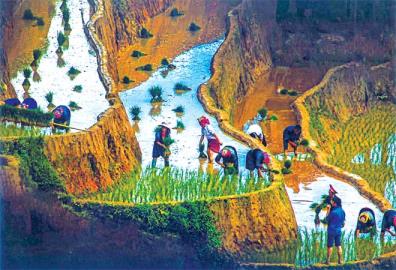Tourism developed in Yen Bai former revolutionary base
- Thursday, June 10, 2021
YBO - Located in two communes of Van Hoi and Viet Hong communes of Tran Yen district, the national historical site of Van revolutionary base has become a popular tourist destination among visitors in recent years.
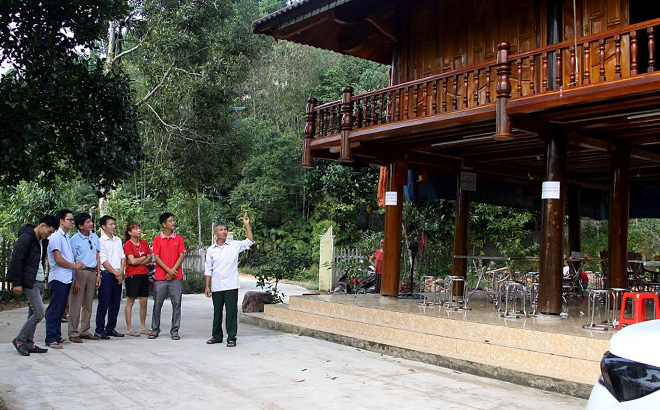
|
|
Tay people in Viet Hong introduce traditional products to tourists.
|
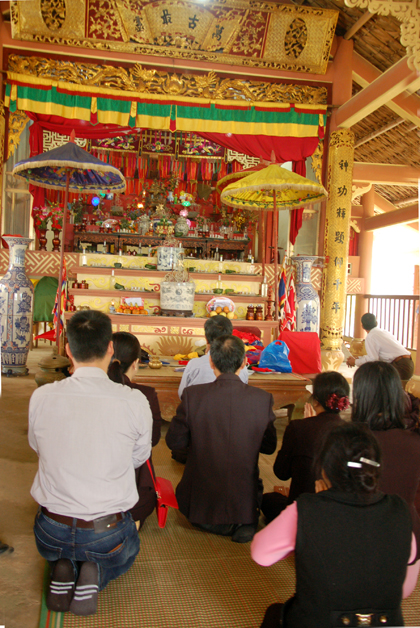
Other news
In recent years, Yen Bai has emerged as a notable destination on Vietnam’s tourism map. Alongside ecological and adventure tourism, spiritual tourism has been gaining traction in the province, attracting significant interest from both domestic and international visitors. This growth not only honors spiritual values but also helps preserve the cultural and historical heritage of ethnic communities.

The 4th edition of the "Top 7 Impressive Vietnam" program, organized by Sai Gon Tiep Thi, has announced the results for the "Top 7 Most Impressive Scenic Destinations" category. Among the honored locations, Yen Bai has three sites: the Chi Pau Flower Hills on Ta Chi Nhu Peak (Tram Tau), the "Dinosaur Spine" in De Xu Phinh (Mu Cang Chai), and Thac Ba Lake (Yen Binh).

Harnessing its potential and strengths in natural landscapes, culture, and people, Tram Tau district has developed and introduced a diverse range of tourism products, including community-based tourism, resort tourism, eco-tourism, and adventure tourism, attracting numerous domestic and international visitors for sightseeing and exploration.




